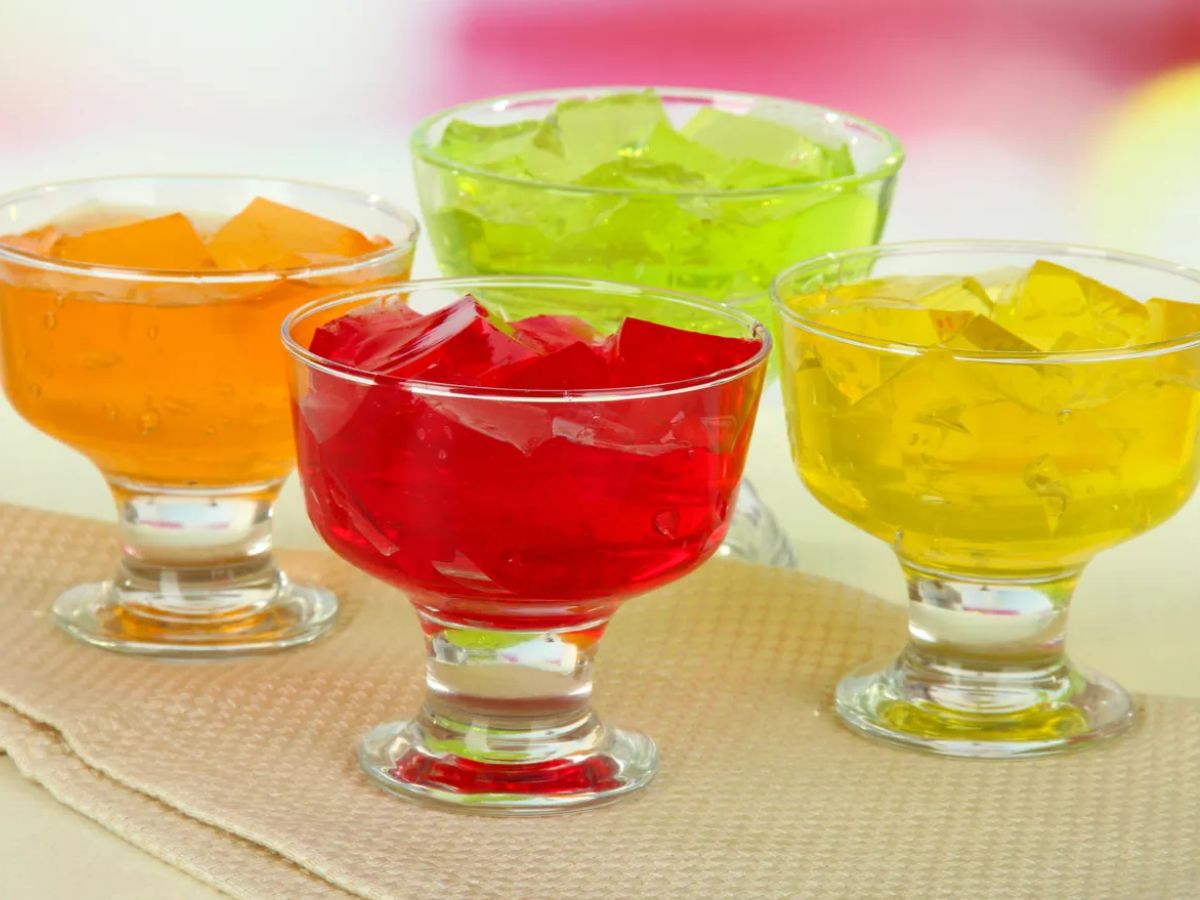
Ever pondered how your favorite snacks get their mouthwatering tastes? Artificial flavors are behind many of the delicious tastes we love, but what exactly are they? These are substances created by scientists to mimic natural flavors, offering a consistent and long-lasting taste experience. From the tangy zest in your soda to the sweet essence in candies, artificial flavors are everywhere. In this post, we'll uncover 21 intriguing facts about these flavor enhancers. You'll learn about their origins, how they're made, and their role in today's food industry. Prepare to be surprised by the complex world of artificial flavors and how they transform ordinary ingredients into culinary delights.
What Are Artificial Flavors?
Artificial flavors are substances manufactured to mimic the taste of natural ingredients. These flavors are created in labs by food scientists and chemists who analyze the chemical makeup of natural foods and recreate their flavor profiles using various chemicals. Unlike natural flavors, which are derived directly from plants or animals, artificial flavors are synthesized from inorganic or other non-food sources.
How Do Artificial Flavors Work?
-
Chemical Mimicry: At their core, artificial flavors are about replicating the chemical compounds that give foods their taste. For example, the sweet taste of vanilla in your ice cream might come from vanillin, a compound that can be extracted from vanilla beans or synthesized in a lab.
-
Taste Bud Interaction: These synthesized compounds interact with our taste buds in the same way natural flavors do. When you eat something with artificial flavors, your taste buds send signals to your brain, interpreting these compounds as the intended flavor.
The Role of Artificial Flavors in Food Industry
-
Cost-Effective: One major reason for the widespread use of artificial flavors is their cost-effectiveness. Synthesizing flavors in a lab is often cheaper than extracting and processing natural flavors.
-
Consistency: Artificial flavors offer a consistent flavor profile, which is crucial for food manufacturers who need their products to taste the same in every batch.
-
Durability: These flavors tend to be more stable than natural counterparts, meaning they can withstand high temperatures during cooking or long shelf lives without losing their potency.
Common Misconceptions about Artificial Flavors
-
Safety Concerns: While some people believe artificial flavors are harmful, they are, in fact, rigorously tested for safety. Regulatory bodies like the FDA in the United States ensure that all artificial flavors used in food are safe for consumption.
-
Artificial Equals Unhealthy: Not all artificial flavors are bad for you. The term "artificial" simply means the flavor was created in a lab, not that it's inherently unhealthy.
Surprising Sources of Artificial Flavors
-
Fruity Cereals: Many fruity cereals get their vibrant tastes not from real fruit, but from carefully crafted artificial flavors.
-
Soft Drinks: The unique tastes of many popular soft drinks come from artificial flavors, some of which are closely guarded secrets.
-
Candy: From gummy bears to hard candies, artificial flavors are responsible for the rainbow of tastes we enjoy.
The Future of Artificial Flavors
-
Innovation in Flavor Creation: Advances in science and technology continue to expand the possibilities for new and improved artificial flavors.
-
Sustainability: As sustainability becomes more important, artificial flavors might play a role in reducing the food industry's environmental impact by decreasing the need for natural resources.
-
Health-Focused Flavors: Researchers are exploring ways to create artificial flavors that can mimic the taste of sugar or fat without the associated calories, offering potential benefits for public health.
Artificial Flavors Around the World
-
Cultural Preferences: The types of artificial flavors popular in one country can be vastly different from those in another, reflecting diverse cultural tastes and culinary traditions.
-
Regulatory Differences: Not all artificial flavors approved for use in one country are allowed in others, leading to variations in food products sold in different markets.
The Science Behind Creating Artificial Flavors
-
Flavor Chemistry: Creating an artificial flavor is a complex process that involves understanding the molecular structure of the natural flavor and replicating it using chemical compounds.
-
Sensory Analysis: Food scientists use sensory analysis to test and refine artificial flavors, ensuring they closely match the taste profile of the natural product.
Ethical Considerations of Artificial Flavors
-
Transparency: There's a growing demand for transparency in the use of artificial flavors, with consumers wanting to know more about what's in their food and how it's made.
-
Natural vs. Artificial Debate: The debate between natural and artificial flavors often centers on perceptions of health and sustainability, with some advocating for a return to all-natural ingredients.
Unusual Uses of Artificial Flavors
-
Medicine: Artificial flavors are used in medicines to make them more palatable, especially important for children's medications.
-
Non-Food Products: Surprisingly, artificial flavors find their way into non-food products like toothpaste and lip balm, making them taste better without adding calories.
A Final Scoop on Artificial Flavors
We've journeyed through the intriguing world of artificial flavors, uncovering their secrets, benefits, and controversies. These flavors, crafted by scientists, bring us the tastes we love without the hefty price tag or seasonal limitations. Yet, it's not all sweet; concerns about health effects and environmental impact remind us to consume with caution. As consumers, staying informed helps us make choices that align with our health goals and ethical standards. Whether you're savoring a strawberry-flavored treat or relishing the aroma of vanilla in your morning latte, remember the science and art behind those flavors. Let's embrace this knowledge, making mindful decisions about the foods that delight our taste buds and nourish our bodies.
Was this page helpful?
Our commitment to delivering trustworthy and engaging content is at the heart of what we do. Each fact on our site is contributed by real users like you, bringing a wealth of diverse insights and information. To ensure the highest standards of accuracy and reliability, our dedicated editors meticulously review each submission. This process guarantees that the facts we share are not only fascinating but also credible. Trust in our commitment to quality and authenticity as you explore and learn with us.


